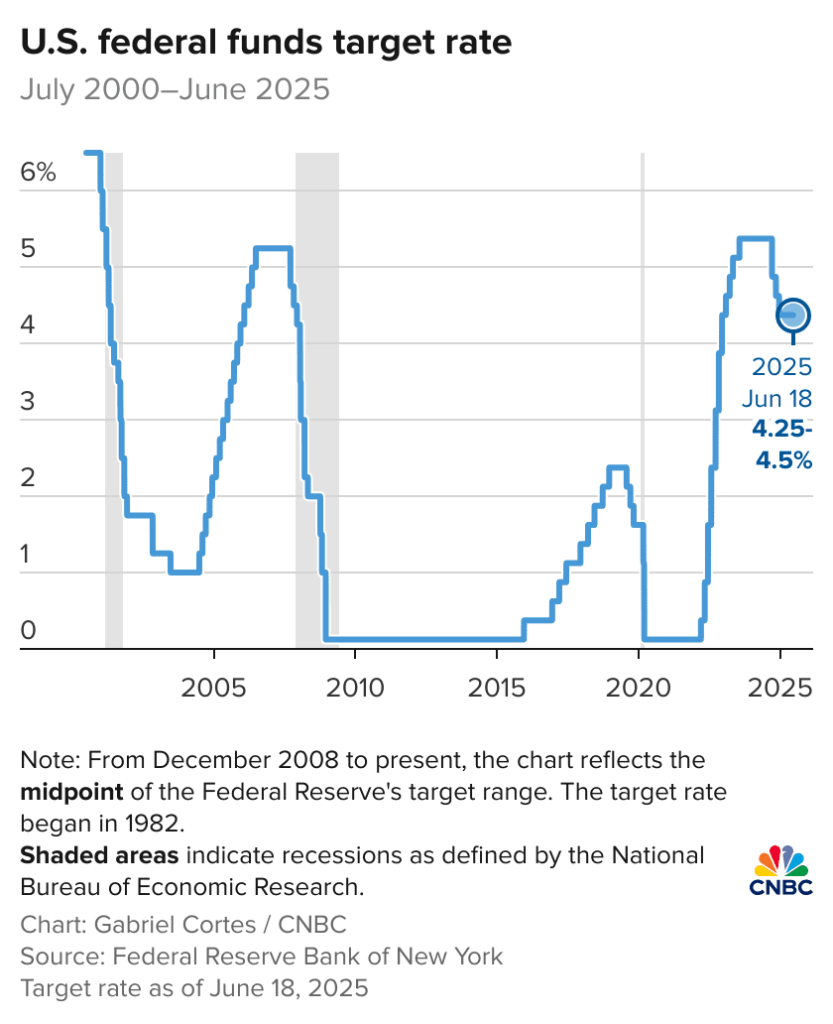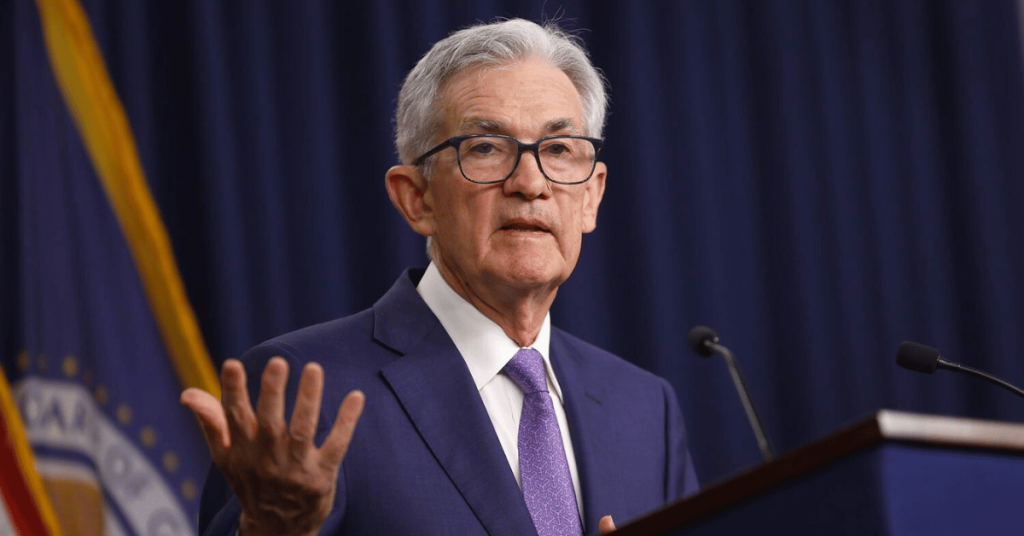
Why can a single speech from the Federal Reserve send global markets into a frenzy? For traders, the annual Jackson Hole symposium in Wyoming is one of those moments where words carry the weight of billions.
This year, all eyes are on Chair Jerome Powell’s address on 22 August, which comes just after the release of the July FOMC minutes. With inflation cooling to 2.7% year on year, but producer prices running hotter than expected, markets are pricing in a possible 25 basis point rate cut in September.
For traders, this can feel like trying to read tea leaves. Yet understanding the Fed’s signals is less about prediction and more about preparation.
Why the Jackson Hole symposium matters
The Jackson Hole symposium is not just another economic conference – it is the stage where central bankers, academics, and policymakers set the tone for global markets.
Hosted each August by the Federal Reserve Bank of Kansas City, the event has a track record of producing market-moving speeches. For traders, it is less about the setting in the Wyoming mountains and more about the signals given.
Think of the Fed as a captain steering a large ship through uncertain waters. Interest rate decisions are the adjustments to the wheel, and Jackson Hole is when the captain explains where the ship is heading next.
For retail traders, the lesson is simple: Jackson Hole offers clues about future rate decisions. Whether the Fed signals that cuts are imminent or that caution still rules the day, these cues directly shape price action in equities, USD currency pairs, and safe-haven assets.

The July FOMC minutes: What they revealed
The July meeting of the Federal Open Market Committee (FOMC) left interest rates unchanged at 4.25%–4.50%, but the minutes released on 20 August gave traders a peek behind the curtain.
They showed a committee still divided: most members preferred to keep policy steady, but a minority pushed for cuts, citing a softer labour market.
Inflation data has also painted a mixed picture. Consumer price growth cooled to 2.7% year on year, edging closer to the Fed’s 2% target. Yet producer prices rose faster than expected, reminding markets that underlying pressures remain.
This tug-of-war between cooling consumer inflation and sticky business costs is central to the Fed’s dilemma.
For traders, the minutes were a reminder that policy isn’t on autopilot. Markets responded cautiously, with equities ticking higher and the dollar slipping slightly. But the bigger question is what happens next – and that’s where Powell’s Jackson Hole speech takes centre stage.
Spotlight on Jackson Hole and Powell’s speech
Every year, one speech dominates the Jackson Hole symposium: the remarks from the Fed Chair. On Friday 22 August, Jerome Powell will deliver his outlook on the economy, and traders will be listening for every nuance.
The theme of this year’s gathering is “Labour markets in transition”, a subject closely tied to the Fed’s dual mandate of stable prices and maximum employment.
With wage growth slowing and job openings shrinking, Powell faces the challenge of balancing progress on inflation with signs of softening in the labour market.
Why does this matter for markets? History shows that Jackson Hole speeches often set the tone for months ahead. A hawkish Powell in 2022 sent the S&P 500 tumbling within hours, while a more dovish message in 2023 sparked rallies in gold and tech stocks.
This year, even a subtle hint about the size or timing of rate cuts could swing equities, forex pairs, and commodities.
For traders, the key is not just what Powell says, but how markets interpret his words – sometimes it’s the tone, not the text, that moves prices.

How Fed signals impact your trades: Equities, forex, and gold
Understanding how the Fed’s words affect markets is crucial for traders.
Equities: Lower interest rates often support stocks because borrowing costs fall, and companies can invest more. If Powell hints at a rate cut, indices like the S&P 500 or Nasdaq may rally. Conversely, a hawkish tone can trigger sell-offs, particularly in growth stocks sensitive to interest rates.
Forex (USD pairs): A dovish Fed typically weakens the US dollar. For example, EUR/USD may rise as traders buy euros against a softer dollar. Hawkish signals, on the other hand, can strengthen the USD, pushing pairs like USD/JPY higher.
Gold: Often seen as a safe haven, gold benefits when rates fall or the dollar weakens. A dovish speech can lift gold prices, while hawkish commentary may put pressure on the metal.
Mixed data, such as cooling CPI but hot PPI, can swing markets 1–2% within hours. Traders should be ready for quick moves and use the right risk management tools.
Practical tips for managing trades during volatility
Trading around major Fed events like Jackson Hole requires preparation and discipline. Here are some practical steps for non-professional traders:
Avoid over-leverage: Volatility can widen spreads and amplify losses. Stick to small positions – risking 1–2% of your account per trade is safer.
Use pending orders: Instead of chasing sudden moves, set buy or sell stops at key levels. This lets the market come to you.
Monitor correlations: EUR/USD often moves inversely to the dollar index (DXY), while equities react to risk sentiment. Understanding these links helps in planning trades.
Prepare for both scenarios:
- Dovish Powell: consider EUR/USD long positions or tech stock exposure.
- Hawkish Powell: USD/JPY long positions or hedging gold holdings may be appropriate.
Set stop-losses and take profits: Predefine exit points to protect gains and limit losses.
Conclusion
Jackson Hole is more than just a conference – it is a signal flare for traders, indicating the likely direction of Fed policy and market sentiment. Understanding Powell’s tone and the subtle hints in his speech can make the difference between a reactive trade and a prepared strategy.
The key lesson is simple: trading is less about predicting the Fed perfectly and more about preparing for both outcomes. By recognising how dovish or hawkish signals affect equities, forex, and gold, you can position your portfolio with discipline and confidence.
Start preparing your strategy today – and if you’re ready to act on opportunities in USD pairs, indices, and gold, consider opening a live account with VT Markets to execute trades efficiently and access professional tools designed for both beginners and seasoned traders.





